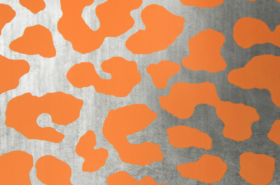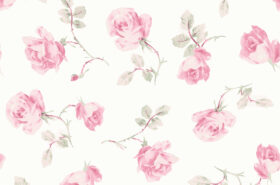Floral wallpaper represents a longstanding tradition of beautiful home décor all over the world! Today, it can be seen in households, apartments, and even college dorm rooms – pretty much anywhere it can be! But it wasn’t always so accessible, and its significance beyond just being downright gorgeous has evolved along with the times as well.
From its ancient roots in Asia to its flourishing popularity in Western civilizations and persistence all around the globe today, the story of floral – and other types, but we are focusing on florals because its National Flower month – wallpaper is a journey through centuries of artistry, cultural exchange, and personal expression.
Keep reading for a blooming, but brief, history of floral wallpaper!
East Asian and Chinoiserie Wallcoverings
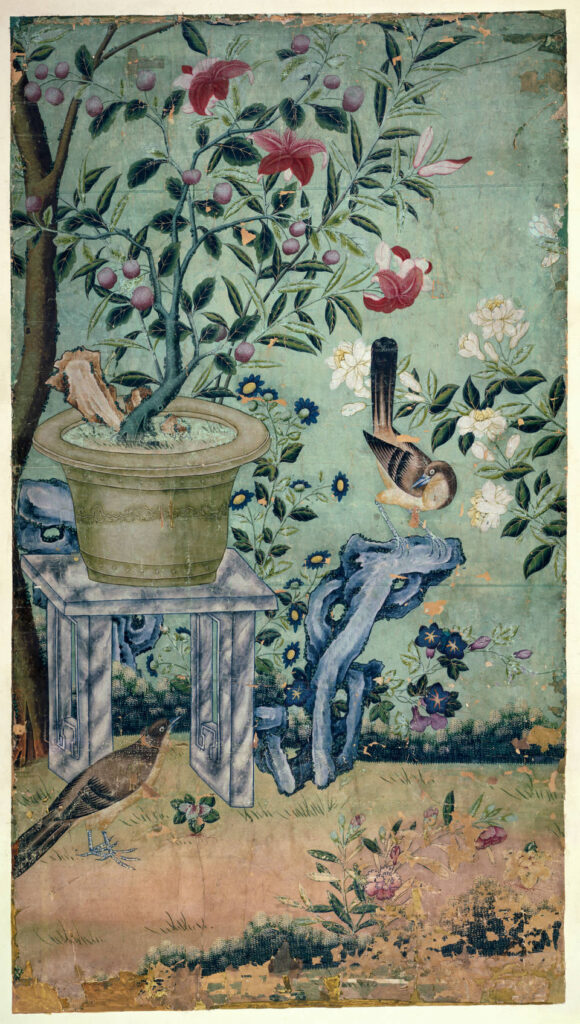

The earliest documented roots of floral wallpaper sprouted around 200 BCE, during the reign of the Qin Dynasty in China. These ancient adornments, hand-painted onto rice papers and early textile wallcoverings, showcased intricate depictions of Chinese flora and fauna, interwoven with folklore and cultural icons, evoking whimsical, playful charm.
Beloved by the wealthy residences and upper-class folk of the time, these wallcoverings served as a status symbol and a token of endearment of traditional Chinese culture for centuries to come.
As history progressed century after century, trade between Asian and European cultures exploded, most notably with the East India Company, blooming the popularity around a growing art and décor style: Chinoiserie.
Chinoiserie style brought a more commercialized, versatile presentation of scenic Asian botanical wallcoverings to fruition, prominently featuring blooms like peonies, chrysanthemums and cherry blossoms. This style piqued the interest of Louis XIV of France (c.1700), becoming a signature part of his sense of décor, and becoming a well-known status symbol for upper-class folk in the western world.
Western Wallcovering Developments
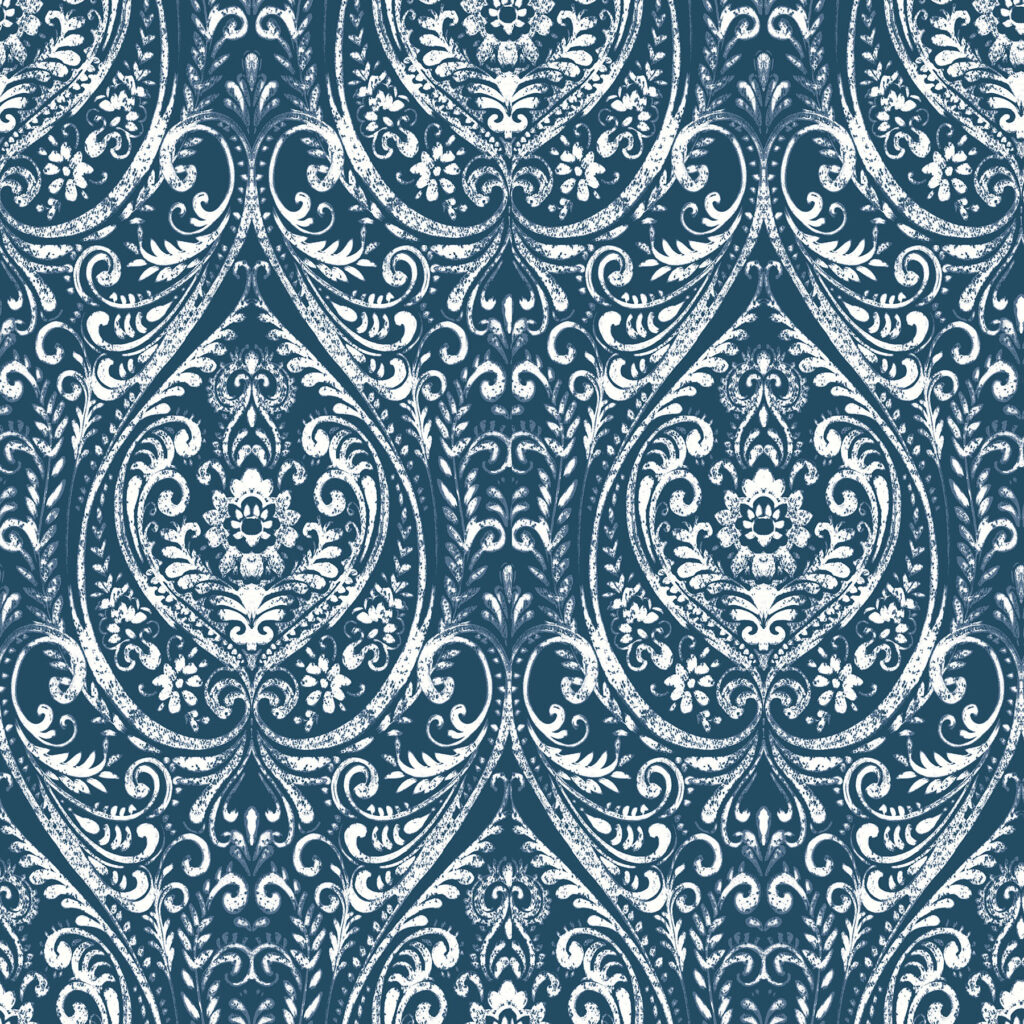
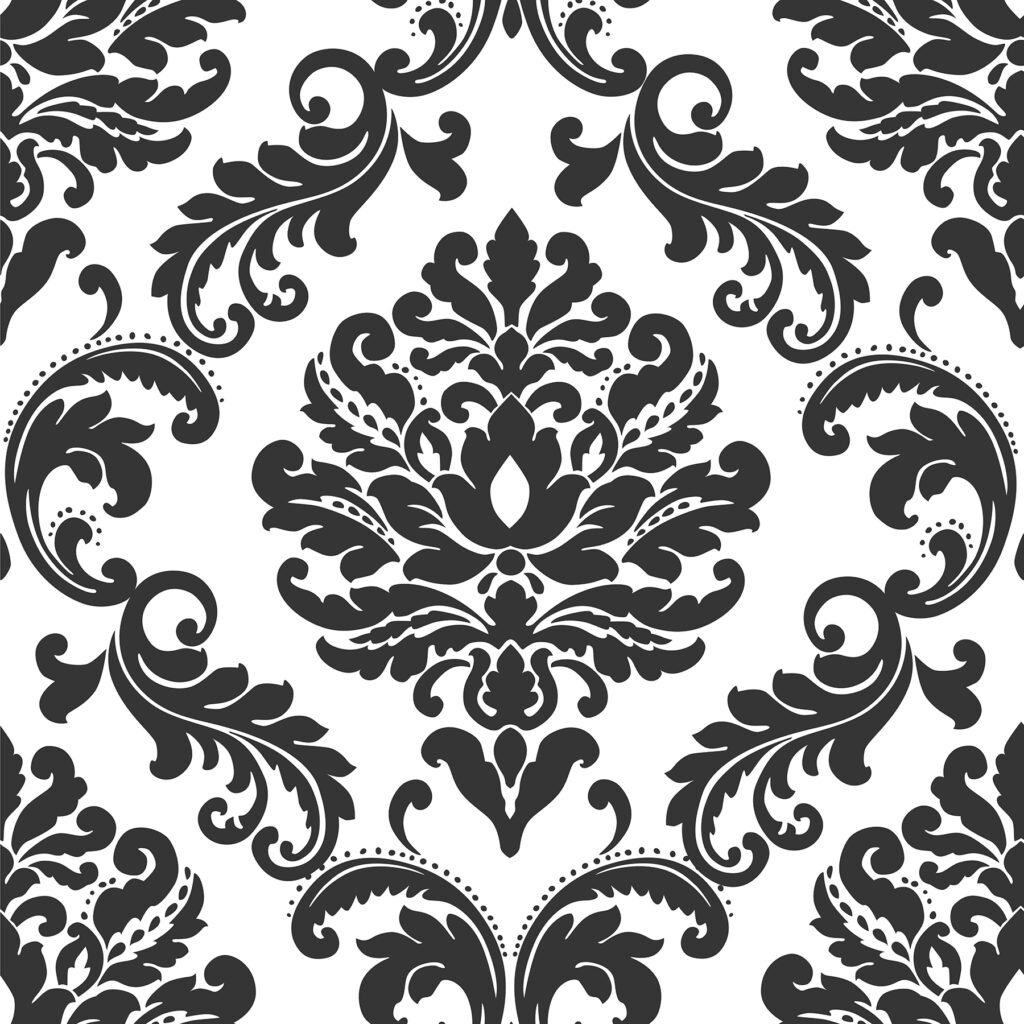
The Industrial Revolution and its overlap with the Victorian Era boosted the development of new types of floral wallcoverings at a rate not seen before; swirling damasks, lush botanical toiles, and other blossoming patterns became more popular of a style, and wallpaper in general started to see increased availability as a result of rapid technological advancements.
In short, easier mass production of wallpaper allowed for more experimentation with designs – shoutout to the continuous printing method, allowing wallpaper to be printed in rolls, invented by Louis Robert in France in 1798.
At this point in history, even though floral wallpaper remained a symbol of wealth and sophistication, it saw expansion to the upper-middle class dwellings as well.
The Arts and Crafts Movement


The Arts and Crafts Movement of the late 19th century encouraged simpler designs, but broader advancements in technology and craftsmanship, and is when quieter, timeless florals sprouted in pattern design.
A wide variety of simpler trails, medallions, and damasks rose in popularity as the idea of understated, timeless design soared. With a focus on heightened quality, the development of heavier-duty substrate and ink techniques advanced to a quality similar to what we see today in the world of wallcoverings.
Modern Exploration and Experimentation
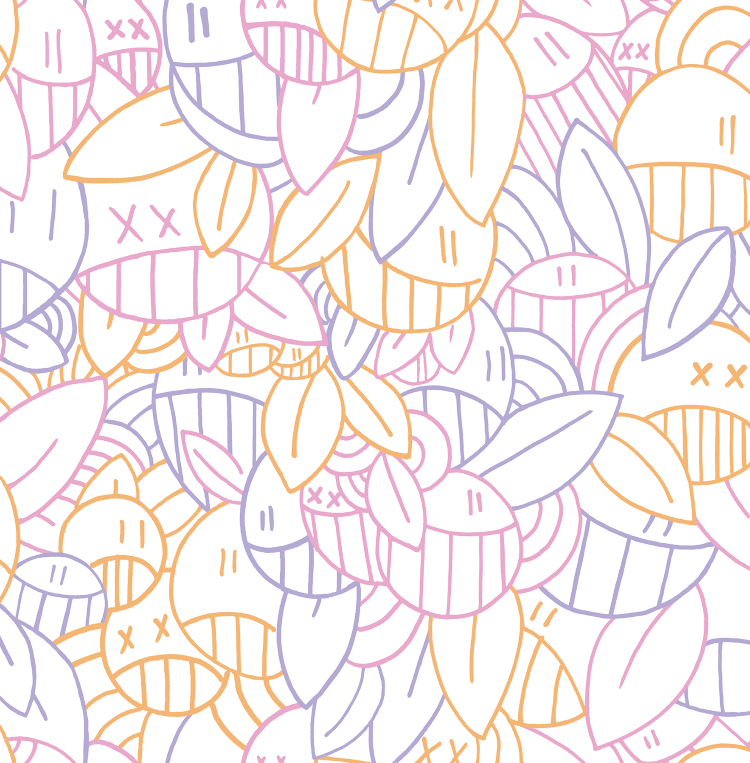
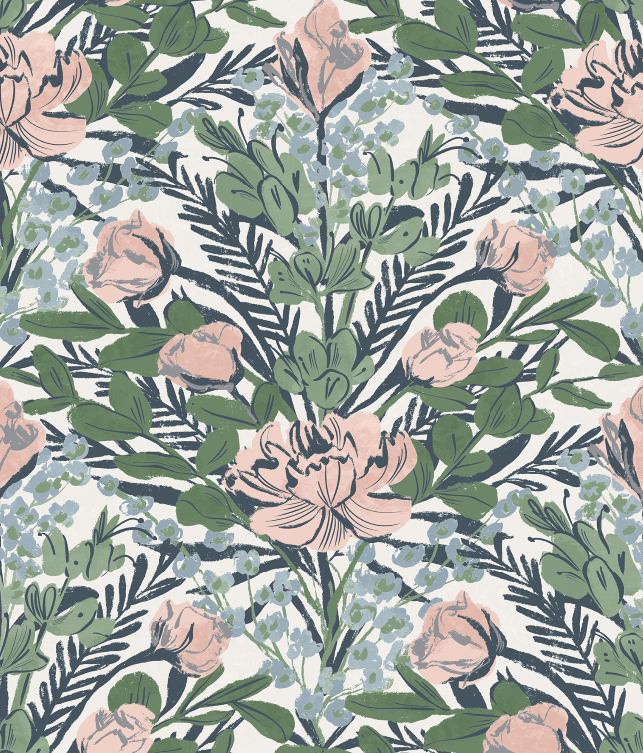
The mid-20th century brought further innovations in material and printing techniques, catering to exponentially wider varieties of tastes and styles, and substrate options – precursors for peel and stick NuWallpaper!
From the psychedelic patterns of the 1960s to the muted, minimalist designs of the 21st century, floral wallpaper continues to evolve, remaining a popular choice for interior decoration among all economic backgrounds and social rankings.
Today, we see millions of new patterns on the regular, with artistic expression, creation, distribution and advancement bustling. The most notable advancement, we think, is the ability to display and swap out your favorite florals at the drop of a hat with renter-friendly and repositionable options soaring in popularity! Inspired by traditional greats and all that came after, WallPops prints a plethora of petal-based patterns.
Feeling inspired by the long-lived love for florals this month? Try out a floral pattern in your space today at wallpops.com!

Hannah is the Marketing Communications Coordinator for Brewster Home Fashions. A dedicated design enthusiast with a passion for creating, her drive to bring ideas to reality never runs dry. In her free time, you will find her painting, spending time with her animals, or curating décor ideas for her dream traditional-styled home. Connect with Hannah through our social channels or here on LinkedIn!

